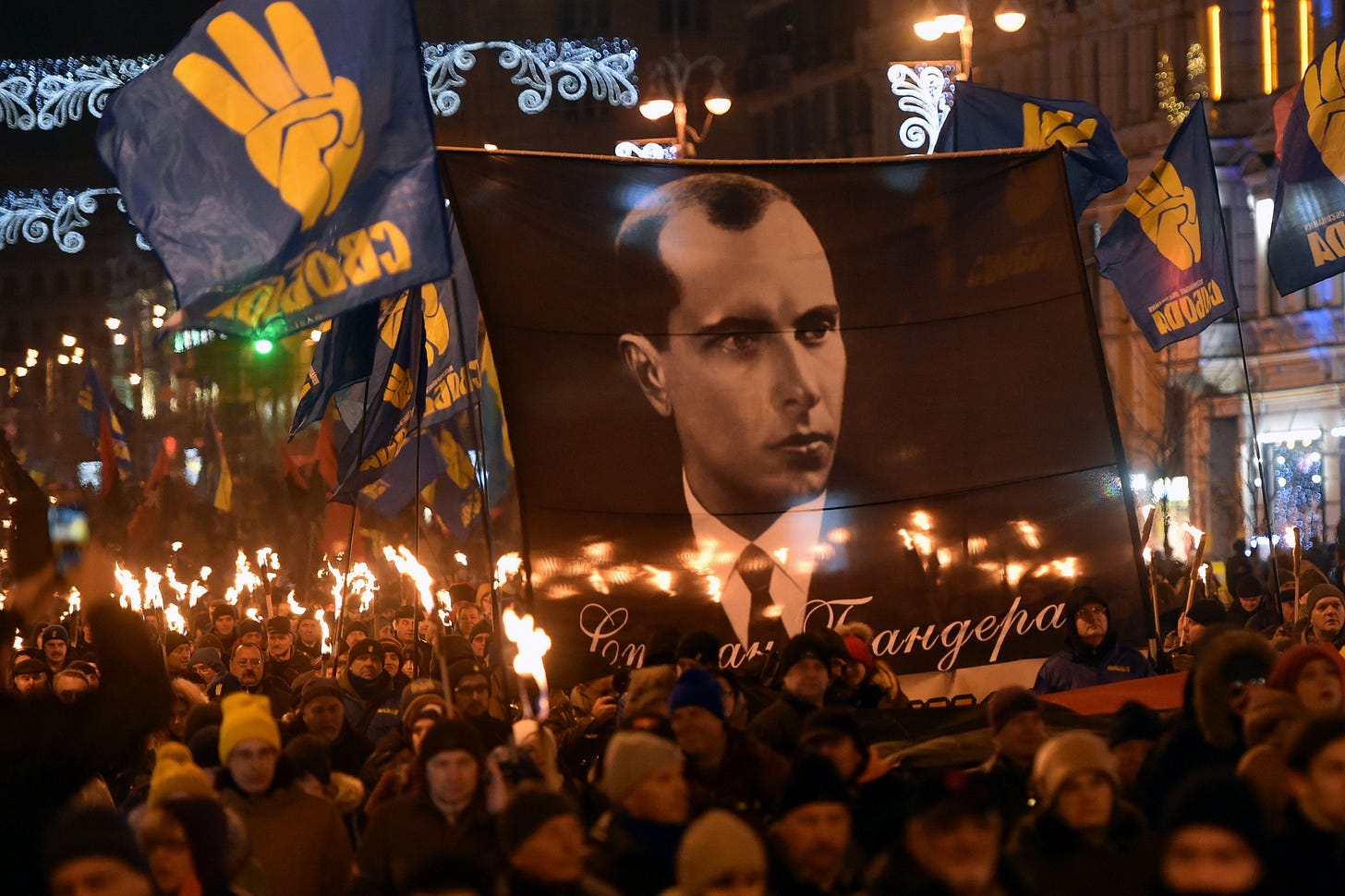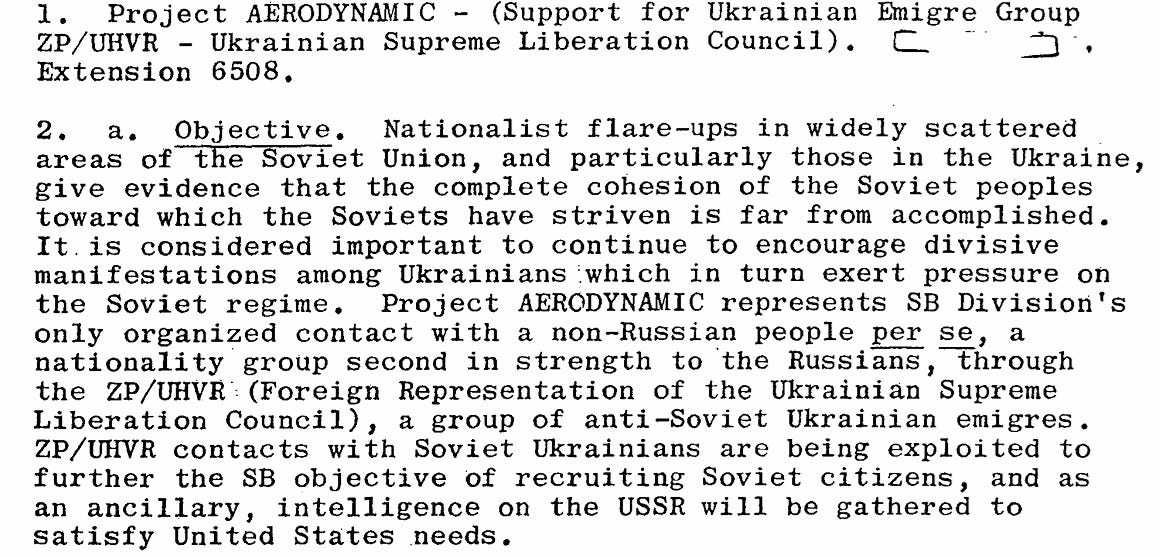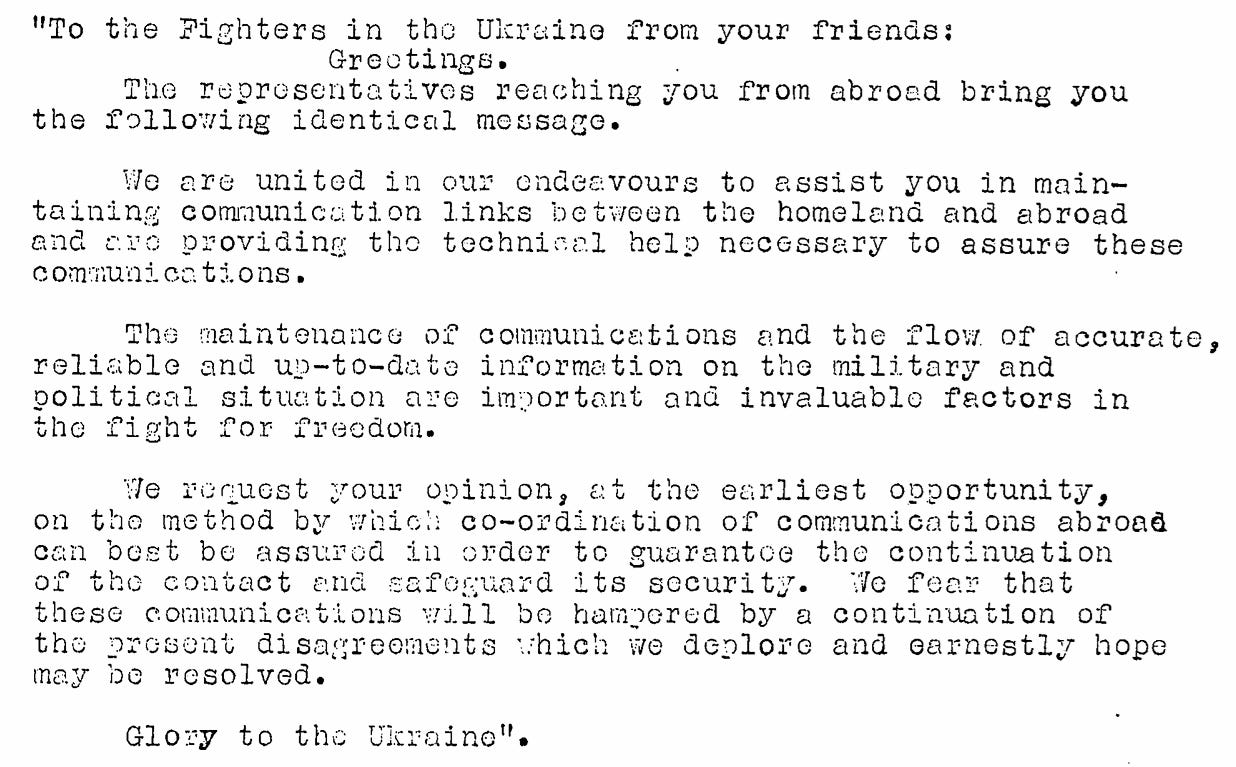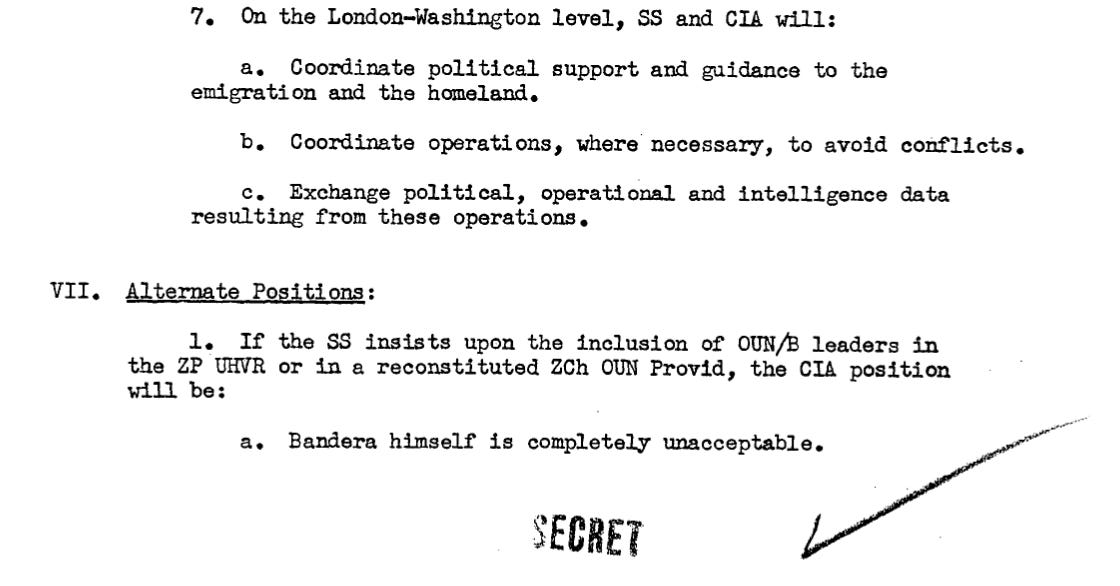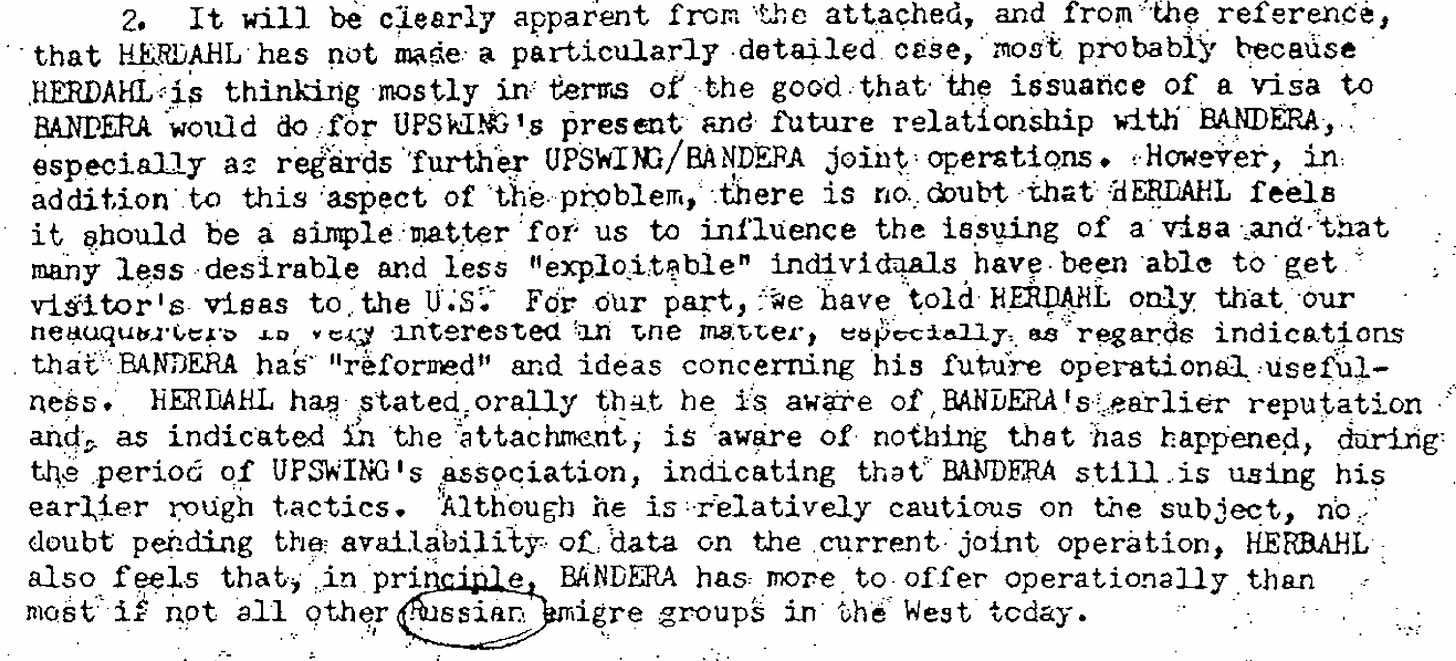I could really relate to some points made by the author below about talking to people that we may not agree with politically and that approaching someone with curiosity and empathy goes a long way.
It’s always been odd to me that people would cancel or disown a family member or good friend because they don’t agree with some or all of their politics. One side of my family was Democrat and one side was Republican. Both of my parents were independents. I was exposed to many opinions that I didn’t agree with – sometimes quite passionately – and I wasn’t afraid to debate the merits of an issue with a friend or family member I disagreed with. That didn’t mean we walked away no longer loving each other or dismissing the relationship. In fact, I’m pretty close to this day to two relatives that I debated quite vociferously with in my younger years. We still have political disagreements.
I don’t drive and have used Uber/Lyft extensively for years, so I’ve had may interesting conversations with a cross-section of people who are Uber or Lyft drivers. It’s not unusual for politics to get brought up somehow. Sometimes I can figure at the beginning of such a conversation that I’m probably not going to agree with the person on much. In such cases, I have put on my journalist hat and approached the person with curiosity rather than judgment or a need to win some point. In those cases, I have often had very insightful conversations. I’ve found that when you approach someone you disagree with with curiosity you will often discover that the person actually has more nuanced views than you are assuming or that their reason for holding those views is not what you may think.
Similarly, I’ve taken two different approaches at jobs over the years about how much I discuss my political views or even mention my side gig as a writer since I write about a topic that is considered controversial. At some jobs I have not really talked about it. And at other jobs I decided to go ahead and be fairly open – after I’ve worked there for a little while and people have come to view me as a person rather than a political view. My experience has been that people respect and gravitate toward me more when I’m open about myself. That was an eye opener for me.
What has been your experience with friends, relatives and coworkers that you politically disagree with? Do you keep mum about it? If so, how has that worked out? – Natylie
By Dr. Jordan Grumet, Psychology Today, 3/20/25
America is more politically divided than ever. It seems like every conversation, every interaction, and every social media post is another battle in a never-ending war of ideological difference. We live in an era when political identity has become paramount, defining friendships, communities, and even family relationships. But what if I told you that the key to healing these divisions isn’t more debate, more news consumption, or more attempts at persuasion? What if the solution to our political woes is purpose?
In the past, I’ve defined the difference between big-P Purpose and little-p purpose. Big-P Purpose is goal-oriented: It’s about the large-scale ambitions we set for ourselves, the missions we dedicate our lives to. Little-p purpose, on the other hand, is process-oriented. It’s about the daily activities that light us up, that engage us so deeply that we lose track of time. It’s in these moments, when we’re truly absorbed in something we love, that we feel most alive. But purpose doesn’t just bring personal fulfillment; it connects us to others. And that connection is the key to repairing the fractures in our society.
When we engage in activities that bring us joy, we naturally seek out others who share our enthusiasm. These communities of internal purpose are different from traditional identity-based communities. They’re not based on external factors like race, geography, or political affiliation. Instead, they form around shared passions: hobbies, creative pursuits, professions, or intellectual interests. These communities become spaces where people from vastly different backgrounds and belief systems come together, united by a common love for what they do.
And when that happens, something remarkable occurs.
The Power of Connection Over Division
Let me share a personal story:
I’ve always been deeply interested in personal finance. It’s something that excites me, that makes me feel engaged and fulfilled. Because of this, I’ve joined various communities of personal-finance writers, podcasters, and bloggers. A few months ago, I attended a conference where I reconnected with many friends from these circles. One evening, I found myself sitting across from a close colleague, someone I deeply respect and admire.
As the conversation drifted, we began discussing the upcoming presidential election. It didn’t take long to realize that we held completely opposite political views.
Now, if this had been an interaction with a stranger on social media—someone whose political stance I disagreed with—I probably would have dismissed them outright. Maybe we would have argued for a few minutes before walking away, both feeling more entrenched in our own beliefs. But, because this was someone I already shared a strong bond with—someone I had worked with, laughed with, and learned from—I listened.
Instead of shutting the conversation down, I leaned in. I asked questions I might never have asked a stranger. I was genuinely curious about his perspective, about why he held the beliefs he did. And because he respected me as well, he did the same. What followed was one of the most illuminating political discussions I’ve ever had.
I walked away from that conversation with a deeper understanding of an opposing viewpoint—one I had previously dismissed. It didn’t change my mind, but I did develop a greater appreciation for the complexities of the issues at hand. More importantly, I realized how rare and valuable that experience was in today’s world.
Why We’re Failing at Political Discourse
Our political climate today isn’t just divided; it’s toxic. And one of the biggest reasons for this is that we don’t see each other as part of the same community. Instead, we see political opponents as the other.
When we encounter people who disagree with us, we don’t approach them with curiosity. We approach them with suspicion or even hostility. We assume their beliefs come from ignorance, bad intentions, or some deep moral failing. And because of that, we don’t talk with each other. We talk past each other.
The result? We retreat further into our ideological bubbles, reinforcing our own views while demonizing those on the other side. We become more convinced that we are right and they are wrong, and any hope of productive dialogue disappears.
But what if, instead of engaging with others purely on the basis of politics, we first connected through something deeper—something that excites and inspires us?
How Purpose Can Heal Political Divides
When we build relationships based on shared purpose rather than shared ideology, something powerful happens. We begin to see each other as human beings first, rather than political labels. We form bonds that make us more willing to listen, to engage in meaningful discussions, and to challenge our own assumptions.
This doesn’t just apply to personal relationships; it applies to society as a whole.
Imagine if, instead of being divided into rigid political factions, more people were deeply involved in communities centered around little-p purpose. Imagine if more of us regularly engaged in activities that brought us joy and fulfillment and, in doing so, connected with people from all walks of life. These communities would provide a space where difficult conversations could happen organically—not through forced debates or confrontational arguments but through the kind of trust and mutual respect that only comes from genuine human connection.
This is how we bridge divides. Not by arguing louder. Not by consuming more news. Not by reinforcing our own echo chambers. But by building relationships around something bigger than politics.
The Path Forward
If we truly want to fix America’s political dysfunction, we don’t need more pundits, think pieces, or televised debates. We need stronger communities. We need places where people can come together—not just to discuss political issues, but to share passions, collaborate, and create together.
The best way to get there? Pursue your own little-p purpose. Find the activities that light you up, that make you come alive. Seek out others who share those interests and build relationships within those spaces. Because when we do that, we create the conditions for the kinds of conversations that can actually change minds—not through shouting matches, but through trust, respect, and human connection.
Purpose isn’t just the key to personal fulfillment. It’s the key to healing our political divides. And in a world that feels more fractured than ever, that may be the most important thing we can do.
